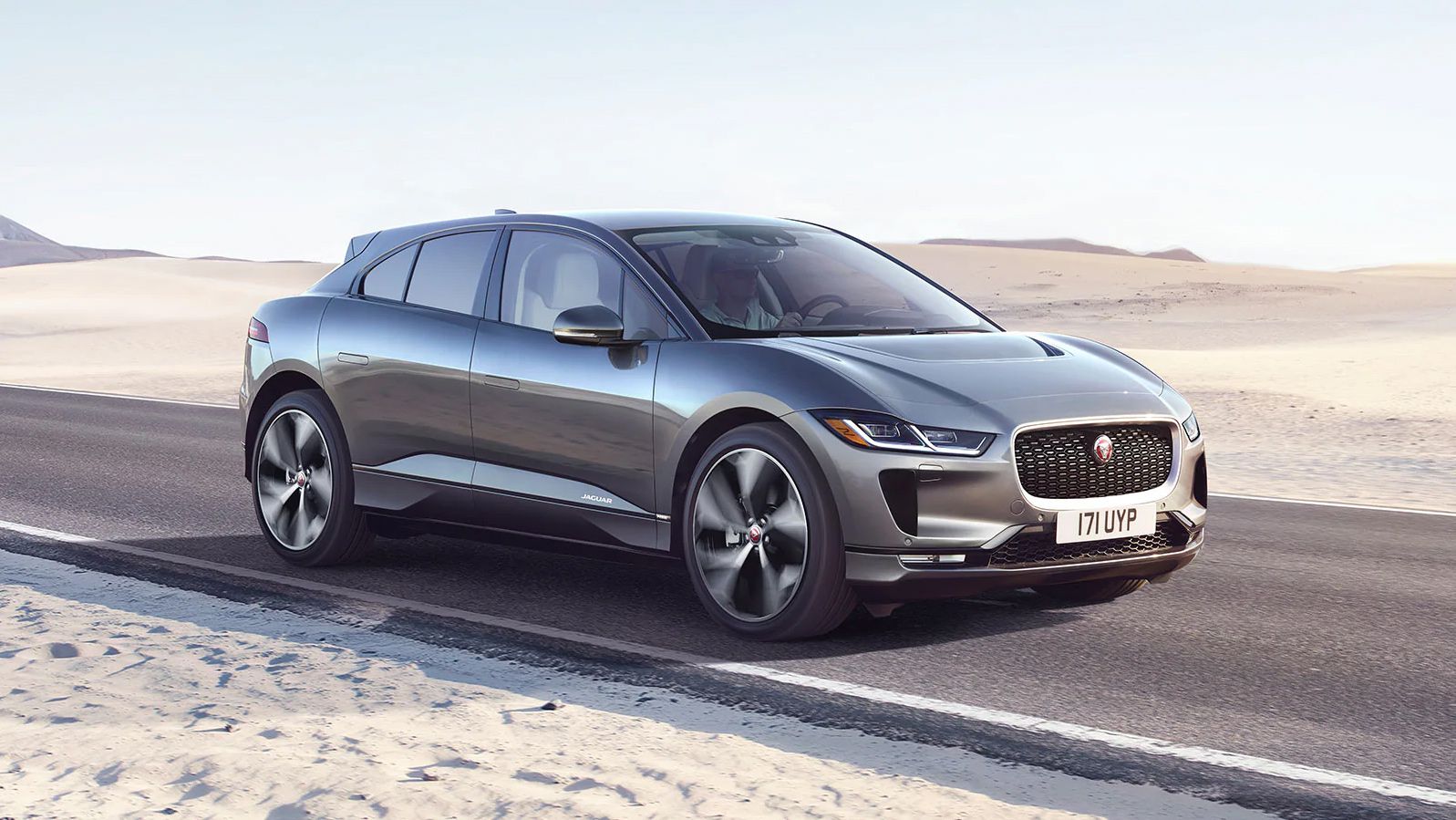Electric vehicles have become increasingly common on roads worldwide as automakers push for cleaner, more sustainable transportation options. Advances in battery technology, charging infrastructure, and vehicle design have made electric cars a viable alternative to traditional gasoline-powered vehicles.
Alongside the rise in popularity, many manufacturers boast impressive range figures, promising drivers the freedom to travel hundreds of miles on a single charge.
These claims often feature prominently in marketing materials, advertisements, and reviews, painting a picture of electric cars as capable of meeting or exceeding the needs of everyday drivers and long-distance travelers alike.
However, the reality behind these range figures can sometimes be less straightforward. Official range estimates are usually based on standardized testing cycles designed to provide a uniform benchmark, but these controlled environments rarely capture the full variety of real-world driving conditions.
Variables such as temperature fluctuations, road types, traffic patterns, driving habits, and even accessory use like air conditioning or heating can all impact the actual distance a vehicle can travel on one charge.
For consumers, this often results in a frustrating gap between advertised range and practical experience, leading to what many refer to as “range anxiety.”
While many of the most popular and heavily marketed electric vehicles make headlines with their impressive range claims, it is not always the case that these vehicles deliver consistent performance in everyday use. In some instances, well-known mainstream EVs struggle to live up to their advertised numbers once they hit the road.
In contrast, several lesser-known or niche electric vehicles offer more reliable and realistic range performance. These vehicles may not have the largest battery packs or the flashiest marketing campaigns, but they often impress with their ability to provide a dependable driving experience that aligns more closely with what buyers expect.
This article examines five such little-known EVs that excel at delivering real-world range figures, often matching or even exceeding their official estimates in practical driving scenarios. These vehicles have earned a reputation for efficiency, durability, and consistent performance, making them compelling options for buyers who prioritize reliability over hype.
At the same time, the article will also take a critical look at five mainstream electric vehicles that frequently fall short of their bold range claims. By comparing these two groups, we aim to provide insight into the complexities of electric vehicle range and offer potential buyers a clearer understanding of what to expect.
Range is a fundamental aspect of electric vehicle ownership, influencing everything from daily commutes to longer trips and charging habits. Understanding how different EVs perform in the real world, beyond the numbers on a sticker, is crucial for making an informed purchase decision.
Whether you are considering your first electric vehicle or looking to upgrade, knowing which models offer dependable range and which ones tend to overpromise can save time, money, and frustration.
The following sections highlight these contrasts by exploring five lesser-known EVs with trustworthy range and five mainstream models with exaggerated specs, revealing important lessons for anyone navigating the evolving space of electric mobility.
Also Read: 5 Performance Cars That Stay Valuable And 5 That Become Worthless
5 Little-Known EVs With Real-World Range
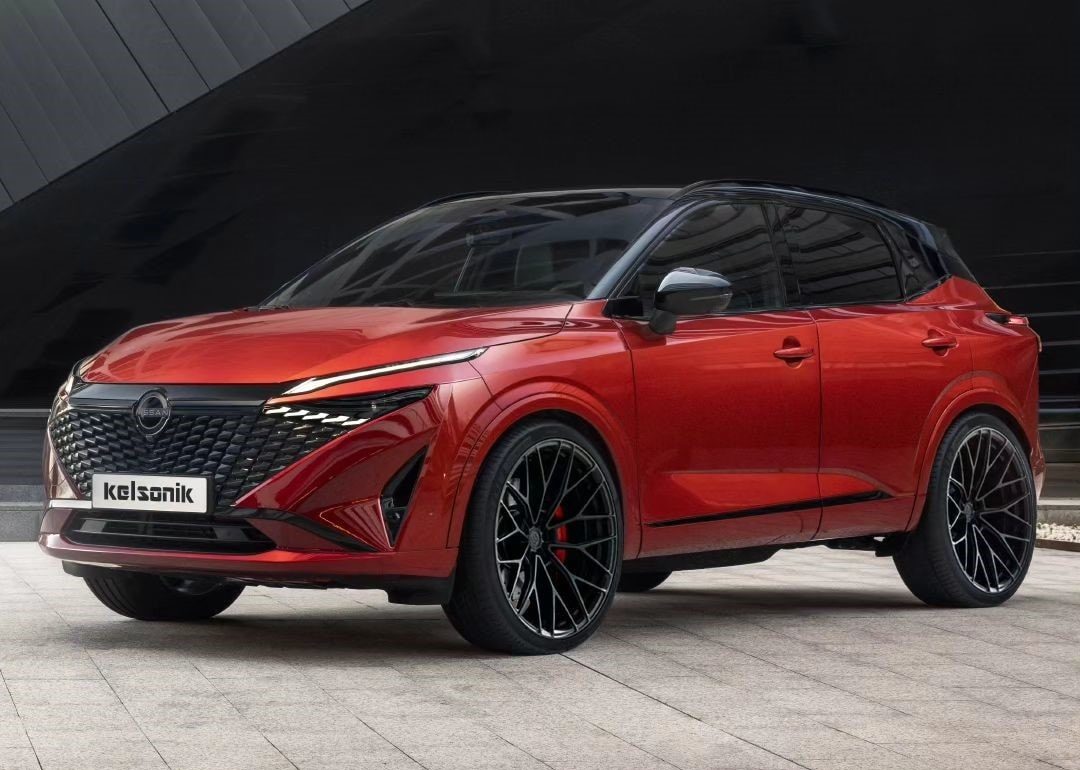
1. Hyundai Ioniq Electric (First Generation)
The Hyundai Ioniq Electric, particularly its first generation, remains an underrated player in the electric vehicle segment. Despite its modest official range figures compared to some modern competitors, it consistently impresses drivers with its ability to achieve close to its advertised range in typical driving conditions.
The Ioniq was designed with efficiency at its core, featuring an aerodynamic body and a battery management system that maximizes usable capacity.
Unlike some more popular EVs that advertise range in ideal conditions, the Ioniq’s real-world range tends to align closely with EPA estimates. Drivers frequently report achieving between 120 and 140 miles per charge, which is solid for a vehicle initially aimed at commuters and urban drivers.
What makes the Ioniq Electric stand out is its balance between performance and energy consumption. While it may not offer the flashy acceleration or large battery packs of its peers, its lightweight construction and efficient electric drivetrain contribute to less energy waste. In practical terms, this means fewer unexpected stops for charging and a more predictable driving experience.
Additionally, the car’s regenerative braking system helps reclaim energy during deceleration, further extending its effective range. For those who prioritize dependability and consistency over headline specs, the Ioniq Electric provides a strong argument in favor of less hype and more substance.
The Ioniq’s cabin and technology features might not be as luxurious or advanced as those in some newer models, but it delivers a practical and comfortable driving experience without excessive battery drain. The vehicle’s relatively small battery size means it charges faster at home or public stations, making it convenient for daily routines.
Its understated presence in the EV market has helped it avoid the inflated expectations sometimes associated with more hyped models, ensuring owners generally have realistic range expectations from the start.
In many ways, the Hyundai Ioniq Electric demonstrates how thoughtful engineering and efficiency can make a solid, real-world electric car without the need for dramatic claims.
Hyundai’s continued support and updates have kept the Ioniq relevant, particularly as a second-hand option for budget-conscious buyers. While newer EVs boast larger batteries and extended ranges, the first-generation Ioniq offers a rare combination of affordable price, reliable real-world range, and a comfortable driving experience.
This combination positions it well for drivers who want an EV without the frustration of inflated marketing figures that can lead to disappointment. The Ioniq Electric is a reminder that sometimes less is more when it comes to electric vehicle range.
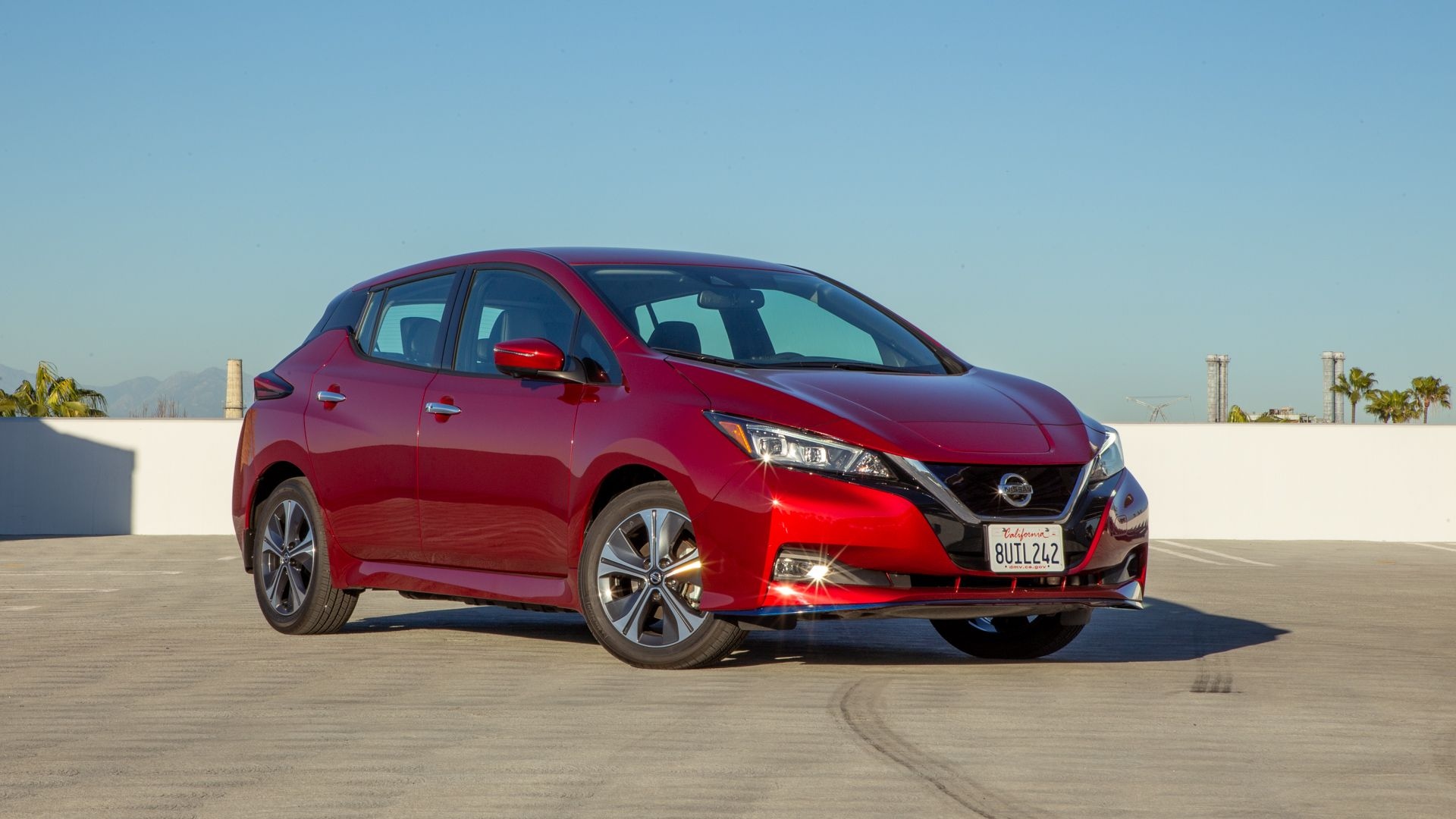
2. Nissan Leaf Plus
The Nissan Leaf has been one of the pioneers in electric vehicles, but the Leaf Plus variant, which was introduced to offer improved range, remains underappreciated outside dedicated EV communities. While it does not grab as much attention as some newer entrants, it provides a reliable and realistic range for drivers who demand day-to-day usability.
The Leaf Plus model comes with a larger 62 kWh battery pack compared to the standard Leaf, offering an official range around 226 miles. What’s is that many Leaf Plus drivers report experiencing range figures closer to this number in mixed driving environments, including suburban roads and moderate highway use.
A significant factor in the Leaf Plus’s real-world efficiency is Nissan’s focus on battery durability and thermal management. Early Leaf models had issues with battery degradation, especially in hot climates, which negatively impacted range.
The Leaf Plus, however, incorporates better cooling systems and improved battery chemistry, leading to more consistent performance over time.
This durability makes the Leaf Plus an appealing choice for those wanting predictable range without worrying about rapid battery wear. The car also offers decent charging speeds with compatibility for DC fast charging, allowing quick top-ups during longer trips.
Inside, the Leaf Plus combines practicality with user-friendly technology, contributing indirectly to energy conservation by encouraging smooth driving and efficient use of accessories. The cabin’s simplicity also means fewer energy-draining luxuries that might cut into range.
While it may lack some of the cutting-edge tech found in newer EVs, the Leaf Plus excels as a solid all-rounder that focuses on what matters most: getting you where you need to go without nasty surprises. For drivers seeking an electric vehicle with honest and consistent range in various conditions, the Nissan Leaf Plus remains a worthwhile option.
In summary, the Nissan Leaf Plus demonstrates how incremental improvements and realistic engineering can yield an electric vehicle with dependable performance. Despite not being the flashiest model on the road, its honest range and robust battery system make it a dependable choice.
It challenges the notion that all EVs must have enormous battery packs and extravagant claims, showing instead that a balanced approach focusing on durability and efficiency can produce an EV that lives up to expectations.
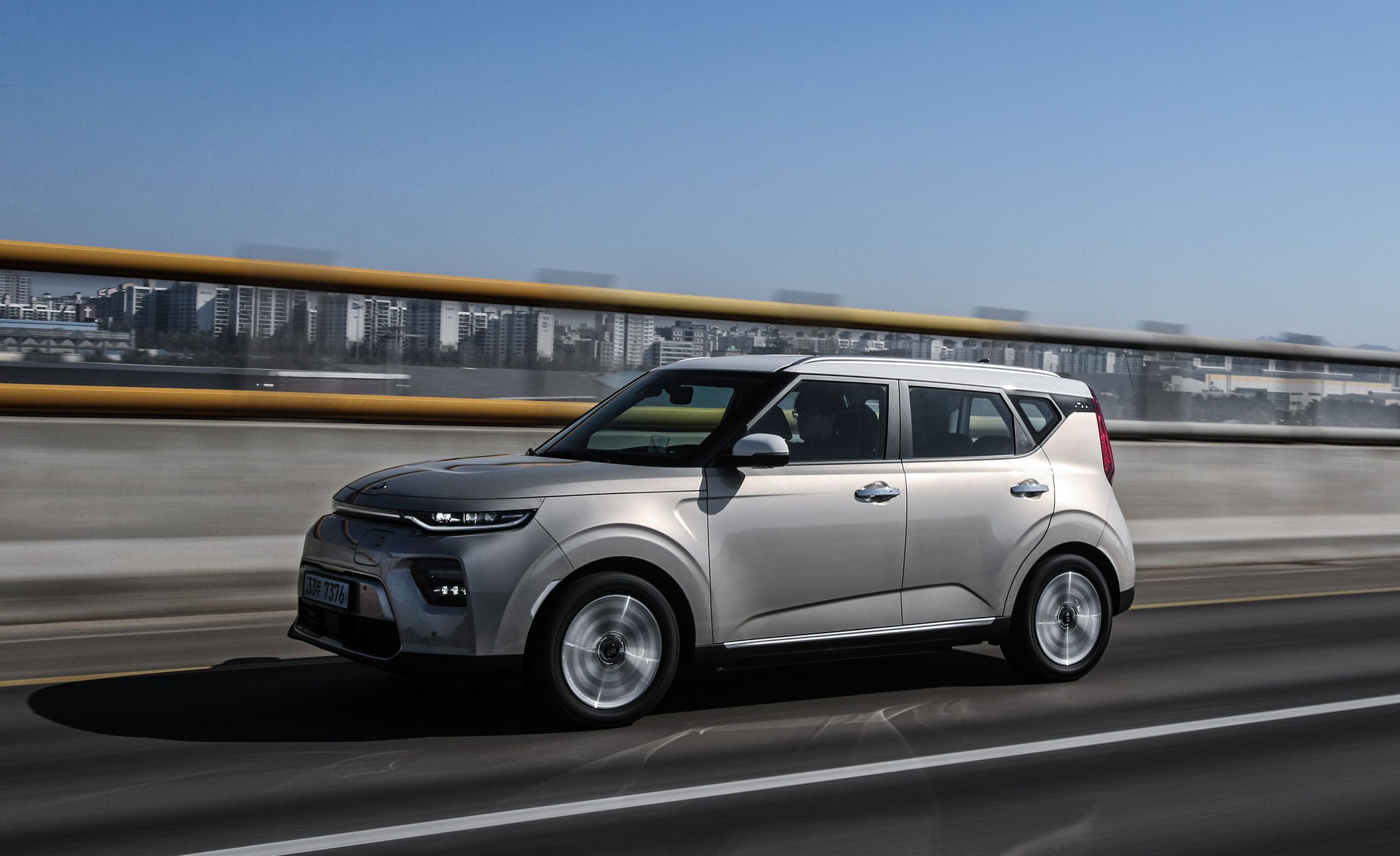
3. Kia Soul EV (Second Generation)
Kia’s Soul EV, especially in its second generation, provides another example of a less-celebrated electric vehicle that consistently delivers solid real-world range figures.
Unlike some newer EVs that focus heavily on large battery capacities and quick acceleration, the Soul EV emphasizes a practical combination of battery size and efficient energy use.
Its 64 kWh battery pack supports an official range of about 243 miles, but real-world tests often show drivers getting close to this figure under everyday driving conditions. The Soul EV’s boxy shape, while not the most aerodynamic, is offset by its efficient drivetrain and weight management.
What sets the Kia Soul EV apart is its versatility. The vehicle comfortably seats passengers and offers ample cargo space without sacrificing battery performance. Its range consistency is enhanced by smart energy recovery systems that capture braking energy and optimize power delivery.
Unlike some EVs that can experience significant range drops when driving at higher speeds or in colder weather, the Soul EV maintains a commendable level of performance. This makes it a practical choice for families or individuals who need a reliable electric car for a variety of driving scenarios.
The Soul EV also benefits from Kia’s growing expertise in battery technology and software optimization. Updates to the vehicle’s energy management systems have improved efficiency and extended the practical usability of the battery pack.
Combined with fast charging capabilities, the Soul EV is suitable for longer journeys as well as daily commutes. The vehicle’s realistic range expectations align well with what drivers experience in real life, reducing the frustration often associated with inflated range claims.
In short, the Kia Soul EV proves that a well-engineered electric car does not need to be a high-profile star to impress. By focusing on practical use, consistent energy management, and balanced design, it offers a trustworthy alternative to some of the more hyped EVs on the market.
For buyers looking for a real-world performer that meets their range needs without surprises, the Soul EV deserves consideration.
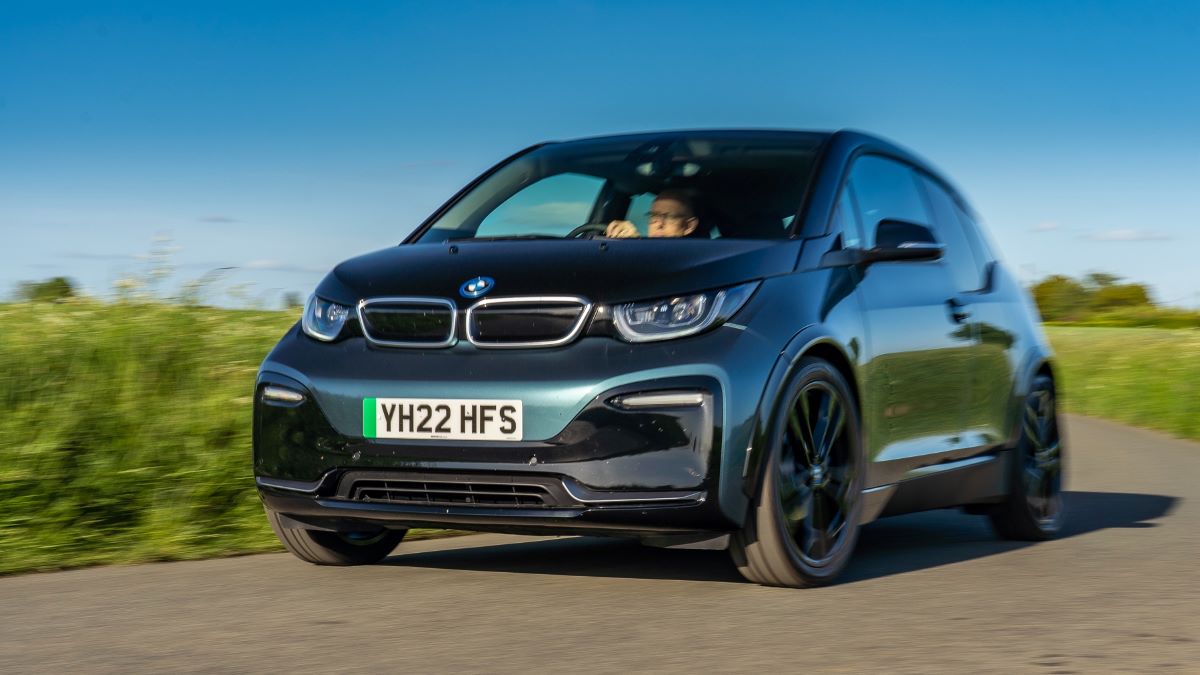
4. BMW i3 (94 Ah model)
BMW’s i3 was one of the first premium electric vehicles to hit the market, and although it did not achieve blockbuster sales, it carved out a niche for itself with efficient design and a focus on urban mobility.
The 94 Ah model of the i3, in particular, demonstrated impressive real-world range despite its relatively small battery capacity compared to contemporary EVs.
With an official range of around 114 miles, many drivers found that the i3 could often meet or slightly exceed this figure in typical city and suburban driving conditions. Its lightweight carbon fiber reinforced plastic body helped keep energy consumption low, contributing to its practical range.
One unique aspect of the i3 is its emphasis on urban use, which means it was optimized for stop-and-go traffic and shorter trips. Its regenerative braking system is highly effective, recovering energy frequently during city driving.
This contrasts with larger electric SUVs and sedans, which sometimes struggle to replicate official ranges outside ideal conditions. The i3 also has a distinct, compact design that helps with maneuverability and reduces drag, factors that contribute to its efficient energy use.
BMW’s software tuning and battery thermal management in the i3 help mitigate range loss in cold weather, a common challenge for many EVs.
Although the i3 may not be the best option for long highway journeys, it shines in its intended role as an urban commuter car with realistic and dependable range. It also has an optional range extender gas engine in some versions, but purely electric models remain noteworthy for their energy efficiency.
The BMW i3 94 Ah model proves that small battery capacity does not necessarily mean poor range when combined with smart design and efficient engineering.
For drivers who want an electric car that can confidently handle daily city driving without the frustration of exaggerated claims, the i3 remains a compelling choice. It exemplifies the value of focusing on real-world usability rather than chasing headline numbers.
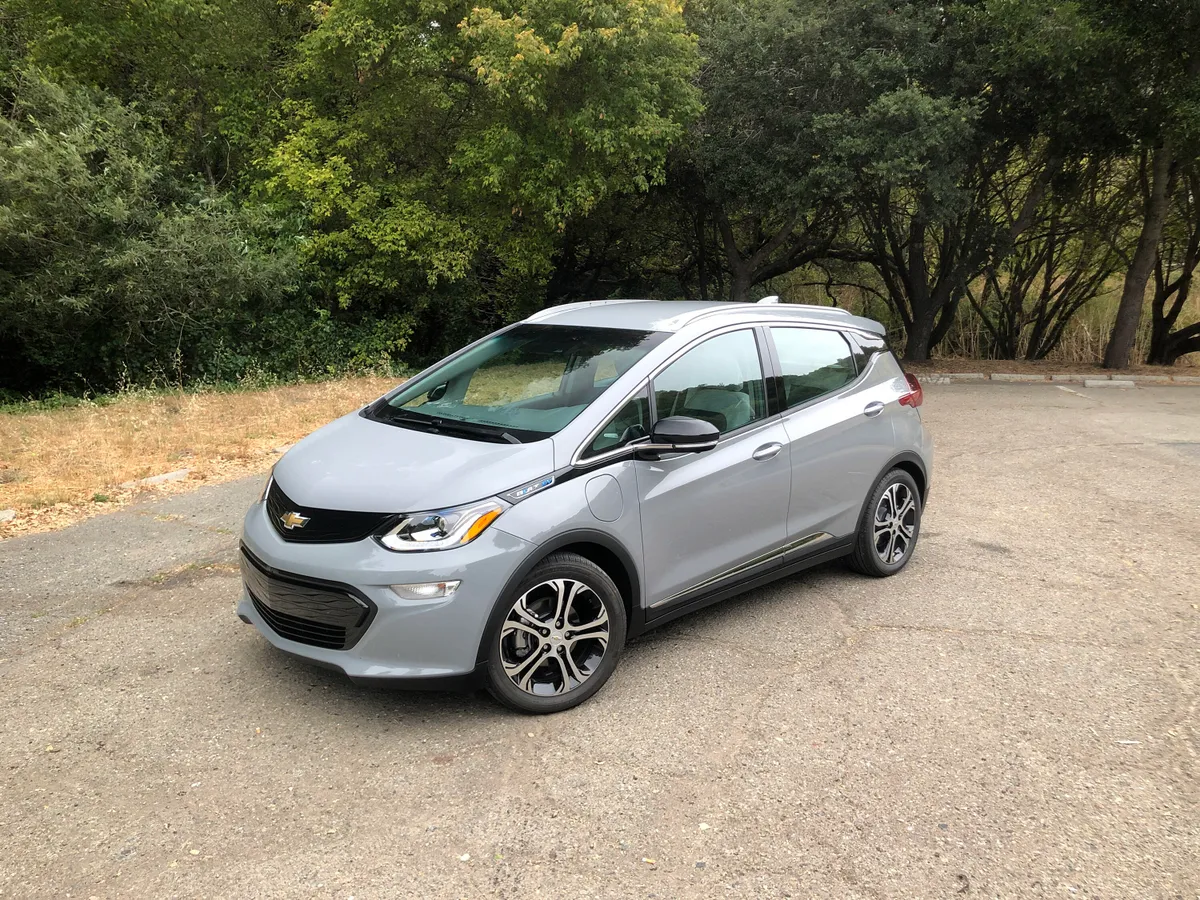
5. Chevrolet Bolt EV
The Chevrolet Bolt EV is often overlooked in discussions dominated by Tesla and other headline-grabbing electric vehicles, but it has quietly established itself as a dependable option with a realistic approach to range.
Featuring a 66 kWh battery pack and an official EPA range of about 259 miles, the Bolt frequently delivers numbers close to this in everyday driving conditions. Drivers appreciate the Bolt’s balanced mix of performance, range, and affordability, which translates into a practical vehicle for a wide range of consumers.
The Bolt’s electric drivetrain is well-regarded for its efficiency, allowing the car to maintain strong range even at highway speeds. Unlike some competitors that advertise impressive range but experience significant drop-offs under sustained high-speed driving, the Bolt maintains a stable energy consumption profile.
Its compact size and relatively light weight contribute to this efficiency, along with the regenerative braking system that recaptures energy during slowing and stopping.
Charging speed is another area where the Bolt performs well, with compatibility for DC fast charging allowing for quick recharging stops during longer trips.
The Bolt’s interior is designed to maximize space and comfort without adding unnecessary weight or complexity, factors that help maintain battery efficiency. Its practical, no-frills approach helps keep owners’ expectations grounded, avoiding disappointment caused by unrealistic marketing figures.
In summary, the Chevrolet Bolt EV stands as an example of a vehicle that achieves a sensible balance between advertised and real-world range.
It appeals to buyers who want an electric vehicle that delivers dependable mileage in a variety of conditions without excessive hype. The Bolt’s consistent performance has earned it a solid reputation as a real-world EV for everyday drivers.
5 Mainstream EVs With Exaggerated Specs
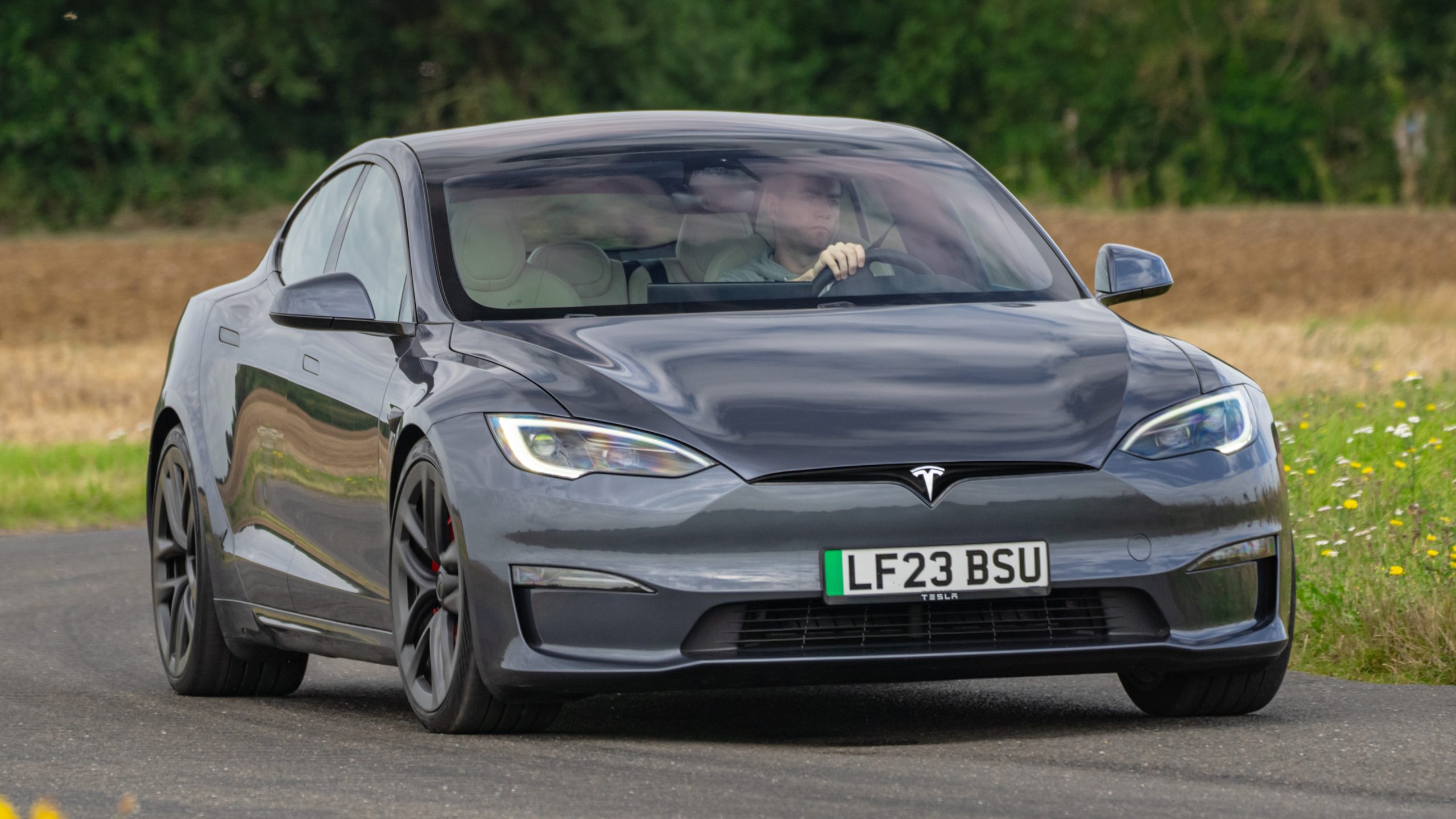
1. Tesla Model S Long Range (Earlier Versions)
Tesla is widely regarded as a leader in electric vehicles, particularly when it comes to range. The Model S Long Range, especially early versions, set high benchmarks with official range claims exceeding 370 miles. However, many drivers have found that achieving these numbers in everyday conditions is often difficult.
Factors such as highway speeds, weather conditions, and accessory use lead to significant drops in real-world range compared to the EPA figures. In fact, it is common for drivers to experience 250 to 300 miles per charge instead of the advertised 370 or more.
Tesla’s marketing around the Model S’s range has played a significant role in shaping customer expectations. The company emphasizes its battery technology and efficient powertrain, but real-world variables like aggressive driving, cold weather, and even the use of air conditioning or heating can reduce range substantially.
This has led to some frustration among owners who expected to regularly match or exceed the advertised figures. Furthermore, early Model S versions lacked some of the battery thermal management features that have improved efficiency in later models, making the range gap even more pronounced.
Despite this, Tesla’s vehicles do offer fast charging through the Supercharger network, which partly compensates for the shortfall in range by enabling rapid recharge stops.
Still, the discrepancy between claimed and actual range highlights how marketing numbers can be misleading. Drivers expecting to fully trust the headline figures often find themselves recalibrating their expectations after real-world experience.
In essence, the Tesla Model S Long Range illustrates how the pursuit of high range numbers in advertising can create unrealistic expectations. Although still an impressive vehicle, the gap between official claims and everyday results demonstrates the challenges of translating lab testing into reliable consumer experiences.
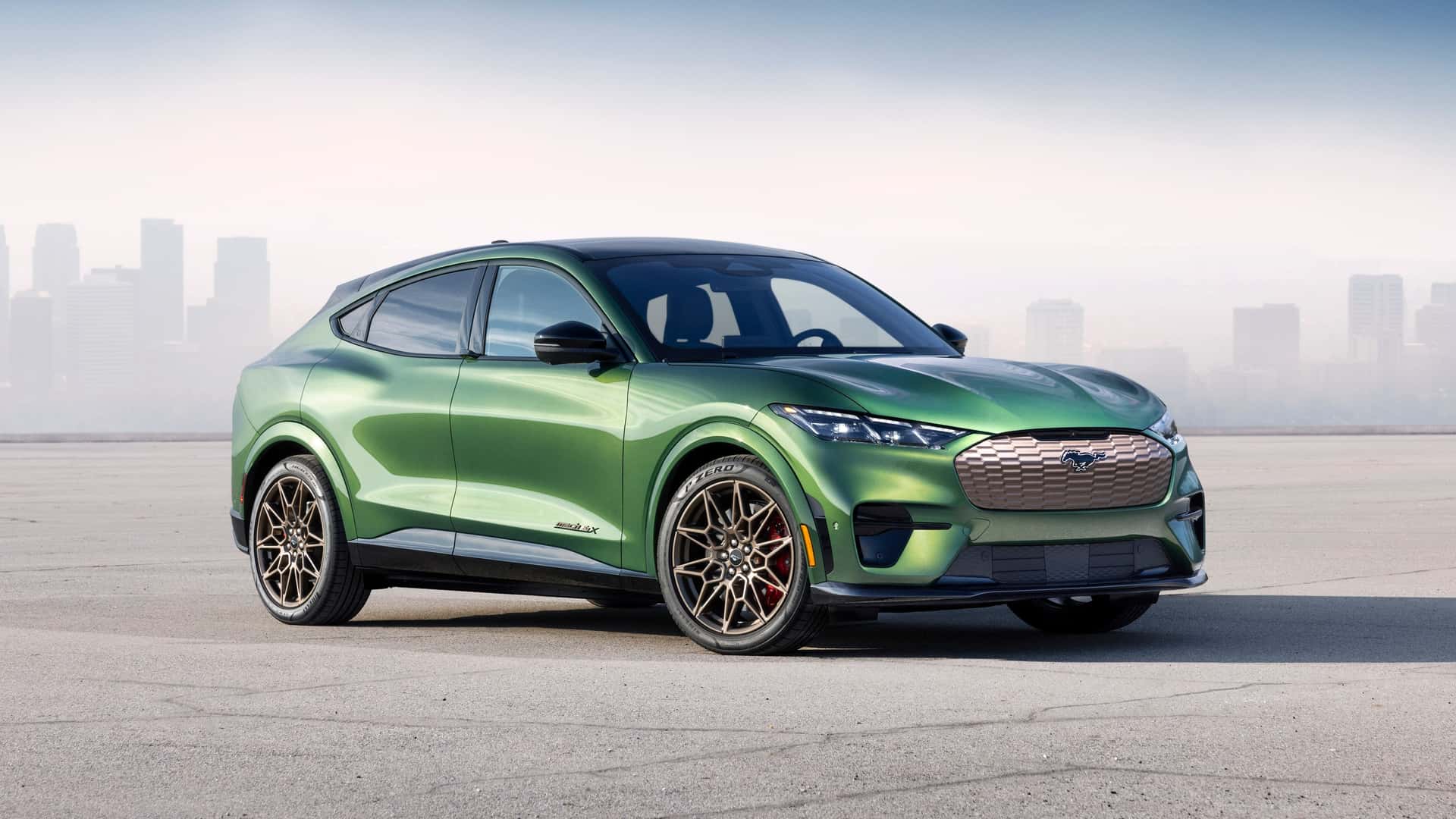
2. Ford Mustang Mach-E Extended Range
The Ford Mustang Mach-E entered the EV market with strong branding and promising range figures, particularly for the Extended Range models. Ford advertised ranges of up to around 305 miles, which garnered significant attention. However, as real-world tests have shown, these figures can be difficult to reach consistently.
Factors such as terrain, temperature, and driving style often result in lower-than-expected mileage. Many drivers report real-world ranges closer to 230 to 270 miles, which, while respectable, falls short of the headline numbers.
Ford’s aggressive marketing of the Mach-E as a direct competitor to Tesla added pressure to meet or exceed advertised range claims. However, the Mach-E’s weight and aerodynamic profile contribute to higher energy consumption, especially at highway speeds.
Additionally, software updates aimed at optimizing performance have sometimes resulted in further range variability, adding to driver uncertainty. While the Mach-E offers advanced features and a compelling design, the gap between advertised and real-world range has been a source of customer disappointment.
Charging infrastructure is improving, but some owners still find that the necessity to charge more often than expected complicates longer trips.
The Mach-E’s battery management system, while competent, has not completely closed the gap between optimistic EPA or WLTP numbers and everyday usability. This highlights a challenge faced by many manufacturers attempting to balance marketing with realistic consumer experience.
The Mustang Mach-E’s experience shows that mainstream automakers may struggle to match the real-world range to their advertised specs, especially when competing against industry leaders with more mature EV platforms. Buyers should be aware that headline numbers may not always translate into practical driving ranges.
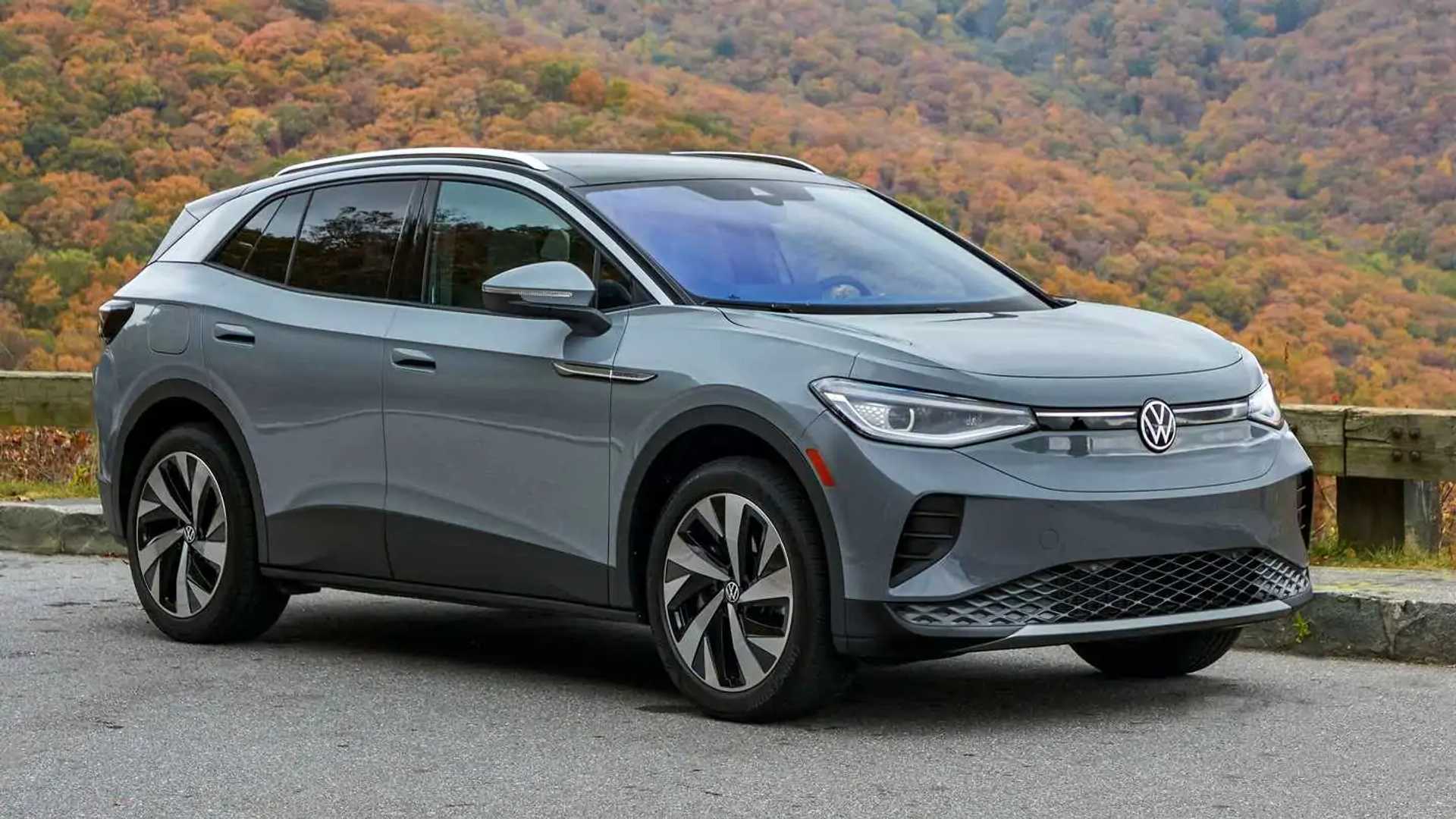
3. Volkswagen ID.4
Volkswagen’s ID.4 represents the company’s ambitious entry into the electric SUV market. With official ranges advertised around 250 to 260 miles, the ID.4 quickly became popular among buyers seeking a versatile electric crossover.
However, the vehicle’s real-world range often falls short of these claims, with many users experiencing ranges closer to 200 to 220 miles in everyday driving. This difference is attributed to factors like the ID.4’s relatively heavy weight, boxy design, and energy-intensive features.
The ID.4’s aerodynamics, while improved over earlier Volkswagen electric models, are still not optimized for range compared to sleeker EV competitors. Combined with average battery efficiency, this results in noticeable range loss on highways or in cold weather.
VW’s approach to thermal management has improved over time, but early versions of the ID.4 struggled with maintaining consistent battery temperatures, which can reduce usable range. These technical challenges impact driver confidence, particularly for those expecting to replicate advertised range in typical conditions.
The ID.4 does offer a comfortable interior, solid driving dynamics, and a user-friendly infotainment system, which contribute to satisfaction despite range issues.
Nevertheless, the gap between promotional numbers and actual range remains a sticking point for many buyers. It serves as a reminder that advertised specs can sometimes be optimistic projections rather than guarantees.
In conclusion, the Volkswagen ID.4 highlights the complexities of delivering advertised range in a mainstream EV. Buyers should carefully consider real-world reviews and personal driving conditions before relying solely on official numbers.
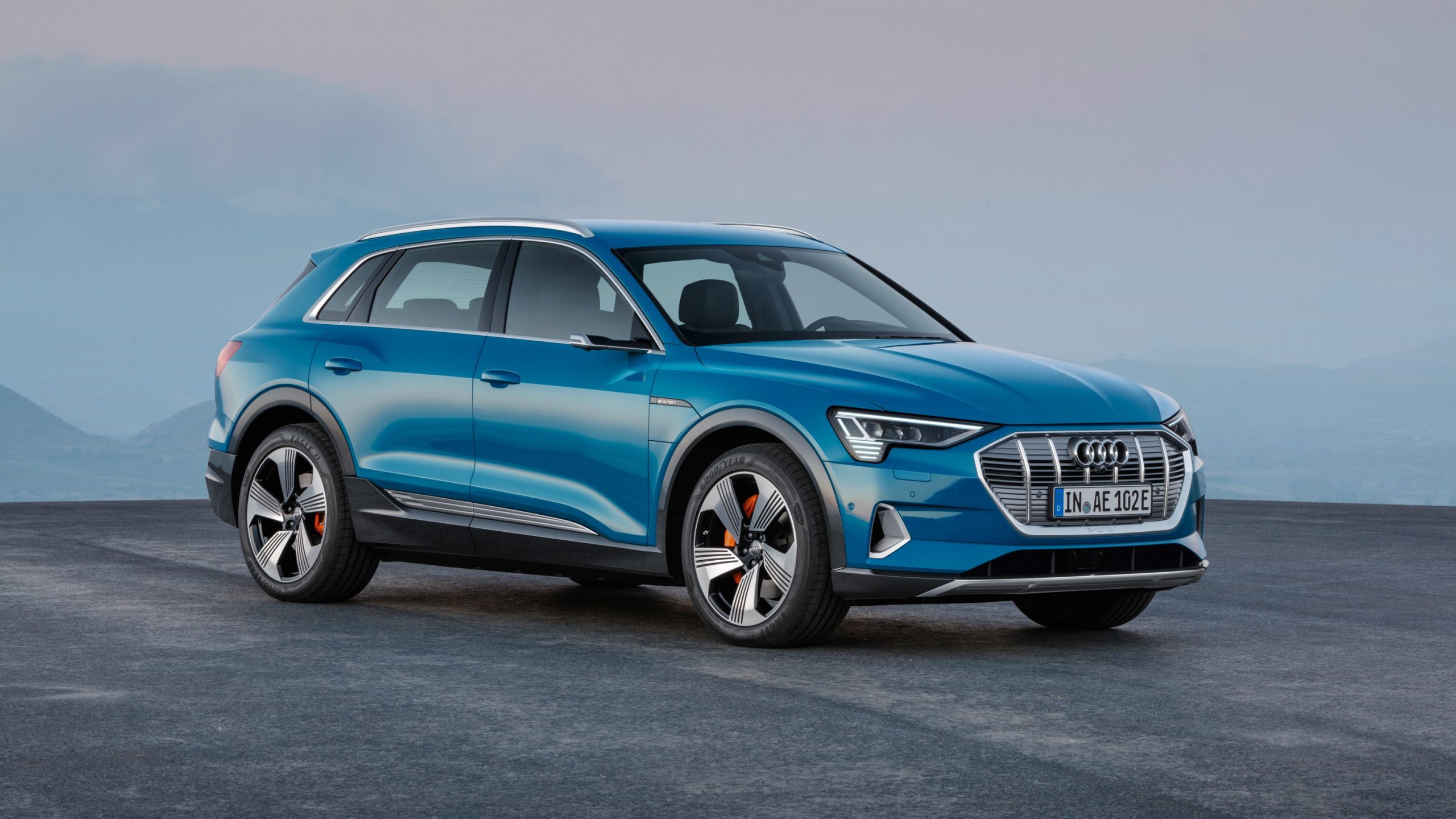
4. Audi e-tron Quattro
Audi’s e-tron Quattro SUV markets itself as a luxury electric vehicle with impressive performance and a respectable electric range. Officially, the e-tron boasts a range of approximately 222 miles.
However, this figure is often challenged by real-world usage, where many drivers report substantially less range, sometimes closer to 180 to 200 miles. The vehicle’s weight and quattro all-wheel-drive system, while enhancing handling and safety, contribute to increased energy consumption, impacting its effective range.
Audi’s emphasis on luxury and performance means that the e-tron comes equipped with a host of features that can draw heavily on the battery. From advanced climate control systems to powerful audio and infotainment options, these extras tend to reduce the distance the vehicle can travel on a single charge.
Additionally, the vehicle’s heavier build and less aerodynamic design compared to lighter EVs contribute to greater energy use. In colder climates, the energy drain is even more pronounced due to heating demands.
While the e-tron benefits from fast charging capability and an upscale interior, the discrepancy between advertised and real-world range has led to mixed reactions.
Some drivers find the trade-offs acceptable given the vehicle’s luxury appeal, while others see it as a drawback compared to competitors with more efficient energy use. This disparity underscores the challenge of combining performance, luxury, and realistic range in a single package.
The Audi e-tron Quattro’s range experience cautions buyers to look beyond official specs and consider the impact of added features and weight on real-world usability.

5. Jaguar I-PACE
The Jaguar I-PACE was one of the first luxury electric SUVs to arrive on the market, arriving with bold claims of performance and a respectable 234-mile range.
However, similar to other mainstream EVs, the I-PACE’s real-world range often falls short of official figures. Many drivers report average ranges between 180 and 210 miles, depending on conditions. The vehicle’s weight, powerful dual motors, and all-wheel-drive system all contribute to higher energy consumption than initially advertised.
Jaguar focused on combining sporty performance with electric efficiency, but this balancing act has meant that range takes a back seat to driving dynamics in some cases.
The I-PACE’s energy use increases during spirited driving or when using climate controls heavily, such as in cold or hot weather. The car’s aerodynamic profile, while sleek, is not optimized for maximum range, and the battery thermal management system, though effective, cannot fully compensate for these factors.
Despite the range shortcomings, the I-PACE is praised for its driving experience, interior quality, and advanced technology. However, the disparity between the advertised and actual range figures has led some owners to reconsider their expectations.
The Jaguar I-PACE highlights how luxury and performance in an EV can sometimes come at the cost of consistent and reliable range. The Jaguar I-PACE shows that impressive marketing claims can overshadow the realities of electric vehicle range. Buyers seeking a balance between luxury, performance, and range should carefully weigh their priorities.
Also Read: 5 Cars That Stay Valuable Enough to Buy New vs 5 That You Should Always Buy Used
Electric vehicle technology has made tremendous strides in recent years, transforming how people think about driving and sustainability. With cleaner energy sources and reduced emissions, EVs hold great promise for the future of transportation.
Still, the promise of electric vehicles goes beyond environmental benefits; it includes the practical realities of driving range, charging convenience, and reliability.
This article’s comparison of little-known EVs with consistent real-world range against mainstream models with often inflated claims reveals a critical truth: not all advertised figures are created equal, and consumer experiences can vary widely.
The five lesser-known electric vehicles discussed show that strong real-world range does not necessarily require massive batteries or flashy marketing. Instead, thoughtful engineering, efficient battery management, and practical design contribute significantly to dependable performance.
Models like the Hyundai Ioniq Electric and Nissan Leaf Plus demonstrate how consistent range figures can make an EV a trustworthy companion for daily driving. These vehicles may lack some of the high-end features or celebrity status of mainstream options, but they deliver on their promises, reducing range anxiety and fostering confidence among drivers.
Their often overlooked status highlights how focusing on the essentials, efficiency, durability, and realistic expectations, can produce electric vehicles that serve consumers well in everyday life.
Conversely, the mainstream EVs with exaggerated range specifications highlight the pitfalls of marketing numbers that don’t always translate into reality.
While vehicles such as the Tesla Model S Long Range and Ford Mustang Mach-E have raised the bar for electric driving and offered technological advancements, their real-world range often falls short of official estimates.
These discrepancies are caused by a variety of factors, including driving conditions, vehicle weight, aerodynamic design, and energy demands from luxury features or performance systems.
For consumers, this gap between expectation and reality can lead to frustration, inconvenience, and a loss of trust. It serves as a reminder that range claims should be scrutinized carefully and verified through user reviews and real-world testing.
For buyers and enthusiasts, the lessons here are clear. Range figures should be viewed as guidelines rather than guarantees, and it is important to consider how an EV performs in conditions similar to one’s own driving habits.
Selecting a vehicle that consistently delivers a reliable range can have a greater impact on satisfaction and convenience than simply chasing the highest advertised number.
Furthermore, as electric vehicle technology continues to evolve, transparency and realistic marketing will become increasingly important to maintaining consumer confidence and accelerating adoption.
In conclusion, the gap between real-world EV range and advertised specs is not just a technical issue but a vital part of the electric vehicle experience that influences purchasing decisions and satisfaction.
By highlighting both little-known EVs that deliver dependable range and mainstream models that sometimes fall short, this article offers a balanced perspective to help buyers navigate the complexities of electric mobility.
As more consumers switch to electric vehicles, prioritizing realistic performance over exaggerated claims will ensure that EV ownership becomes a positive and sustainable choice for the long term.

